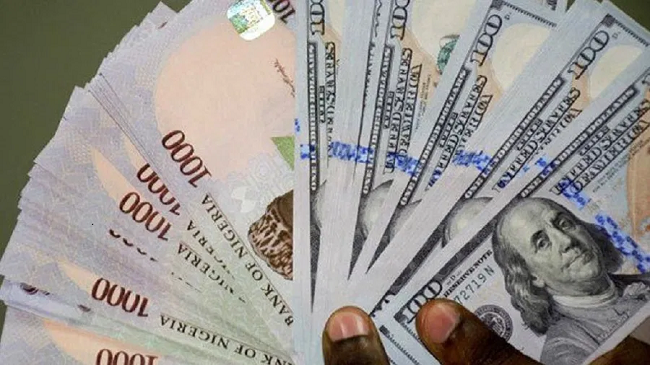In January 2024, foreign exchange inflows into the Nigerian foreign exchange market fell by almost 39% due to a scarcity of US dollars, which compelled the monetary authorities to weaken the naira.
Foreign investors’ desire for sovereign fixed income instruments and other investment opportunities has decreased due to a negative attitude in the financial market. Remittances and other total FX inflows have lost more than 100% of their value in just seven months, making it impossible to reverse the naira’s decline.
The overall amount of inflows into the Nigerian Autonomous Foreign Exchange Market (NAFEM) decreased by 39.3% to USD832.20 million in January, according to figures from the FMDQ monthly report.
There were USD1.37 billion in total inflows into the window as of December 2023. The most recent data indicated a decline in a row and the lowest point since July 2023, when an inflow of USD 818.70 was recorded.
The breakdown provided shows a broad-based decline across local which represents 84.0% of total inflows and foreign which represents 16.0% of total inflows sources.
In January 2024, inflows from local investors dipped by 38.3% to USD699.00 million from USD1.13 billion in December 2023. The market witnessed 20.9% decline in Exporters forex inflows or supply and Non-Bank Corporates dipped by 52.7% despite growth in the Individuals segment.
In its review note, Cordros Capital Limited noted that there has been no intervention by the CBN for the past three consecutive months. Analysts are of the view that foreign investors have remained on the sidelines due to Nigeria’s FX market inadequacies.
Specifically, inflows from foreign sources came in at a four-month low of USD133.20 million from USD237.10 million in December 2023.
“We expect FX liquidity conditions to remain frail in the near term, although recent CBN reforms to boost liquidity in the FX market could cause a shift over the medium-term”, analysts stated.
Cordros Capital is of the view that foreign inflows will stay below the pre-pandemic level (Q1-20 average: USD1.28 billion) as foreign investors may adopt a wait-and-see approach.
Nonetheless, analysts said they do not rule out the possibility of an improvement in foreign participation over the medium term, to be driven by expected FX inflows as guided by the authorities and CBN’s recent actions aimed at clearing its FX backlogs.














